Patterson Whittaker Architectural Profiles is a leading provider of architectural foam. We supply architectural form products throughout Canada, developing custom foam core lightweight trim that arrives with shorter lead times and greater levels of durability and detail.
If you are currently looking for architectural foam products, contact PW Profiles today. Fill out our online form, or contact us at 206.953.5209 in the United States or 604.285.6550 in Canada to be in touch with our sales team.
But here at Patterson Whittaker, we also know that not everyone has experience with architectural foam. That is why we have created the following architectural foam FAQ with answers to your most pressing questions.
Architectural Foam FAQ
The following are some of the most common questions related to foam cement composite products, like those we create at PW Profiles.
What Is Architectural Foam Made Of?
Architectural foam predominantly consists of Expanded Polystyrene (EPS) as the core material. This core is typically covered with a layer of reinforced cementitious material to add strength and durability. Some manufacturers might also include additives such as fiberglass mesh for extra reinforcement or weather-resistant coatings for exterior applications.
How Does Architectural Foam Compare to Traditional Materials like Wood and Precast Concrete?
When compared to traditional materials like wood and precast concrete, architectural foam offers several advantages.
- Lightweight – One of the most notable benefits is its light weight, which simplifies both transportation and installation.
- Design – Architectural foam can be easily molded into intricate designs, providing greater flexibility in architectural applications.
- Durability – Though it may not offer the same level of hardness as some other materials, like precast concrete, modern foam composites are engineered for durability and can withstand various weather conditions quite well.
- Cost – Cost-effectiveness is another strong suit of architectural foam, especially when you factor in the reduced costs of transportation and installation.
Unlike wood, architectural foam is not susceptible to common issues like termite infestation and rot. It also traditionally – especially with Patterson Whittaker – requires less lead time, since it doesn’t require the molds that other materials use.
What Are the Primary Applications of Architectural Foam in Construction and Design?
Architectural foam is versatile and finds applications in various sectors of construction and design. It is commonly used for decorative moldings, columns, and arches. In exterior applications, it serves as an alternative for window and door trim, balustrades, and crown moldings. It is also increasingly being used in signage and brand logos for commercial properties. Interior designers utilize architectural foam for creating detailed ceiling designs, room dividers, and even furniture components.
How Durable Is Architectural Foam Compared to Traditional Materials?
Architectural foam is engineered to be durable but may not match the absolute durability of some traditional materials. For instance, precast concrete is stronger but comes with the drawbacks of being heavy and less customizable. On the other hand, architectural foam is resistant to weathering and, with proper coating, can also be made water-resistant. Unlike wood, it is not prone to rotting or termite infestation. Overall, the durability of architectural foam is often more than adequate for most architectural applications, especially when you consider its ease of maintenance.
Can Architectural Foam Be Used Outdoors, and How Does It Perform in Various Weather Conditions?
Yes, architectural foam is frequently used in outdoor applications due to its versatility and weather-resistant properties. It is almost entirely weatherproof, pest resistant, and capable of withstanding sizeable temperature swings. It also does not require manual reinforcement to the property, which means that it will not affect the waterproof barrier.
What Are the Benefits of Using Architectural Foam in Construction Projects?
Architectural foam brings several advantages to the table when it comes to construction:
- Lightweight – Makes for easier and more cost-effective transportation and installation. It often requires no manual reinforcement to install.
- Versatility – Can be molded into a wide array of intricate designs, offering greater flexibility in architectural applications.
- Cost-Efficiency – Lower transportation and labor costs make it a more economical choice in many situations. It is one of the few materials that is capable of being used in both upscale commercial properties and modest homes, without a sacrifice in quality.
We’ve found that once architects, developers, and builders have used our EPS foam core products, they typically continue to use them for all of their moldings and architectural elements in the months and years to come.
Are There Any Limitations or Drawbacks to Using Architectural Foam?
While architectural foam offers various benefits, it’s essential to acknowledge its limitations:
- Not Load-Bearing – Architectural foam is not suitable for structural applications where load-bearing capacity is required.
- Vulnerability to Impact – Although durable, it is not as impact-resistant as some traditional materials, making it susceptible to dents or cracks upon severe impact.
- Limited Hardness – While it’s engineered for durability, it doesn’t match the hardness of some materials.
High traffic commercial properties often choose not to utilize architectural foam for large ground level applications. But for essentially all residential properties, and all commercial properties without high foot traffic or where blunt impact is unexpected, architectural foam is an ideal choice.
What Types of Finishes Can Be Applied to Architectural Foam?
Architectural foam can be finished in several ways to match the aesthetic and functional requirements of a project:
- Paint – A wide range of acrylic or latex paints can be used.
- Stucco – Provides a textured finish and adds an extra layer of durability.
- Stone or Brick Veneers – These can be applied for a more traditional appearance.
They can also come pre-finished or can be finished on site with ease. We also have the ability to mimic other materials, so not only can it be finished in the same material but it can be give grooves like wood or stucco to truly match the finish.
How Is Architectural Foam Installed?
Architectural foam is installed using a variety of methods, depending on the specific application and project requirements. In general, adhesive bonding agents are used to secure the foam elements to a substrate.
For larger or more complex structures, additional mechanical fasteners like screws or anchors may be required, but often are not. Proper surface preparation is crucial, including cleaning and sometimes applying a primer to ensure optimal adhesion. Once installed, sealing joints and edges with caulking can prevent water infiltration and improve longevity.
Architectural foam is often so light weight that installation can be completed by a single individual. This typically saves substantial on labor costs.
Is Architectural Foam Cost-Effective Compared to Traditional Building Materials?
Yes, architectural foam tends to be cost-effective when compared to traditional building materials like wood or precast concrete. The lightweight nature of architectural foam reduces transportation costs and makes it easier to handle during installation, often requiring fewer labor hours. In addition, the foam itself is generally less expensive than traditional materials. Full life-cycle cost, including any required maintenance or repairs, also tend to be less frequent for architectural foam if properly installed and maintained.
Overall, architectural foam is one of the most cost-effective high end architectural products currently available.
Is Architectural Foam Environmentally Friendly?
Architectural foam is often considered an environmentally friendly option, particularly when compared to some traditional building materials. Many architectural foams are made from expanded polystyrene, which can be recycled. Moreover, the energy required to produce architectural foam is generally less than that for many other construction materials. The lightweight nature of foam also results in lower transportation emissions.
How Does Architectural Foam Perform in Fire Safety Tests?
Architectural foam is typically treated with fire-retardant chemicals to improve its fire resistance. However, its performance in fire safety tests can vary depending on a number of factors, including the type and thickness of coatings applied, as well as the specific foam formulation. Generally, architectural foam meets or exceeds the minimum requirements set by building codes for fire safety, especially when used in applications where it is not exposed directly to high heat or flame. It’s essential to consult manufacturer specifications and local building codes to ensure that the foam you are considering is appropriate for your project’s fire safety requirements.
What Is the Typical Lifespan of Architectural Foam?
The lifespan of architectural foam can vary widely depending on a number of factors such as the quality of installation, exposure to environmental conditions, and regularity of maintenance. Generally speaking, you can expect architectural foam to last for many years, often several decades, especially when it’s properly installed and maintained. Coatings or finishes applied to the foam can also affect its longevity, with high-quality coatings extending the lifespan by providing additional protection against weathering and UV exposure.
Can Architectural Foam Be Customized for Specific Designs?
Absolutely. One of the significant advantages of architectural foam is its high degree of customizability. The foam can be easily shaped and molded into a wide variety of designs, from simple geometric shapes to intricate patterns. This makes it an ideal choice for custom architectural features like cornices, columns, and decorative elements. CAD and CNC technologies further expand the design possibilities, enabling precise cuts and complex forms that would be challenging and costly to achieve with traditional materials.
Do I Need Special Equipment to Maintain Architectural Foam?
No, special equipment is generally not required to maintain architectural foam. Basic cleaning can be performed using standard cleaning agents and a soft cloth. For more thorough cleaning or to remove stains, a mild detergent is usually sufficient. It’s always advisable to consult the manufacturer’s maintenance guidelines to ensure that you are not using any products that could harm the foam or its finish. Periodic inspections for signs of wear or damage can also extend the material’s lifespan, allowing for timely repairs before small issues become more significant problems.
What Are the Common Terms or Alternate Names for Architectural Foam?
Architectural foam is often referred to by various names depending on its application, manufacturing process, or regional vernacular. Some alternate terms you may encounter include:
- EPS Architectural Shapes
- Foam Core Molding
- Foam Trim
- Synthetic Stone Alternatives
- Foam-based Architectural Elements
- Polystyrene Architectural Products
Understanding these terms can help in sourcing products or discussing project specifications with architects, contractors, and suppliers.
Contact Patterson Whittaker with Questions
If you haven’t worked with architectural foam before, you are likely to have questions. Contact us at any time. We are more than happy to show you samples, provide datasheets, and anything else you need to make the right decision for you.

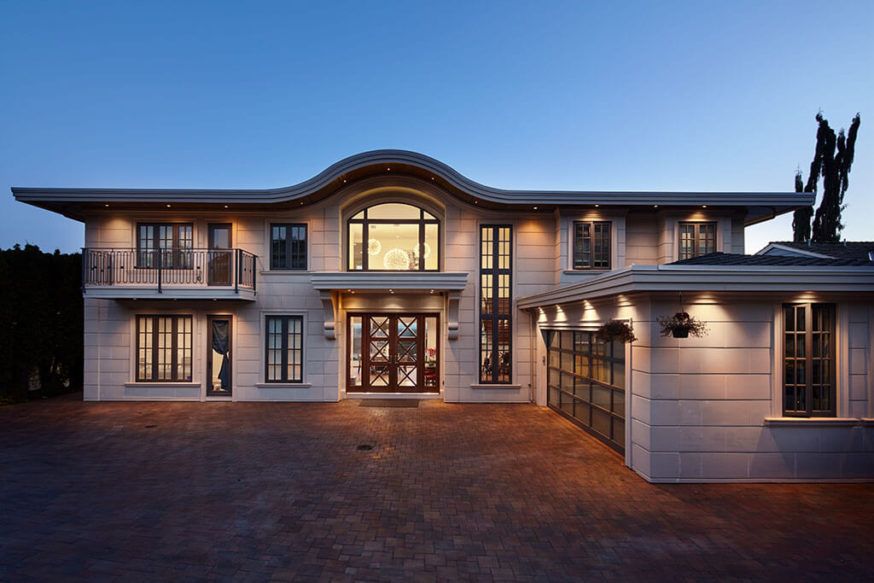
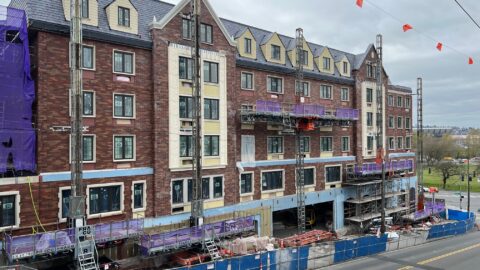
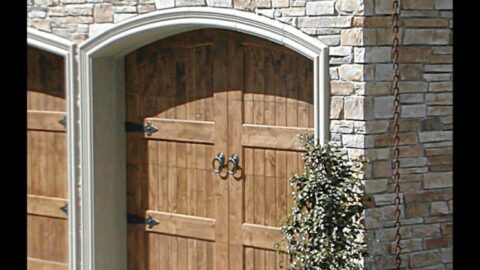

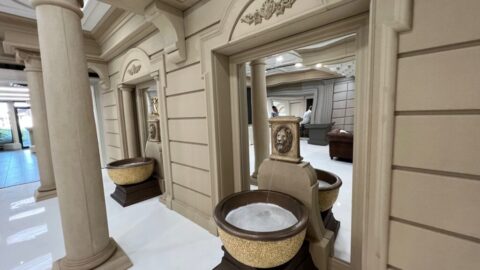
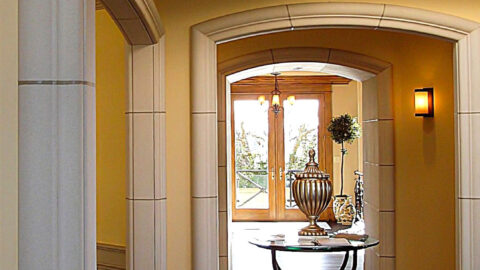
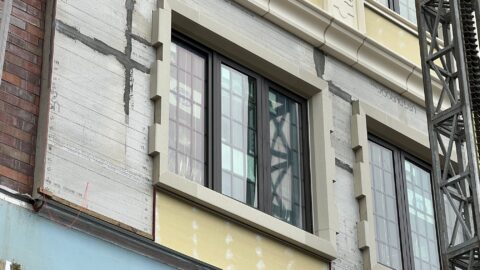

Recent Comments